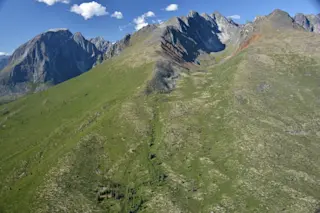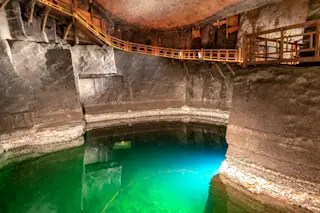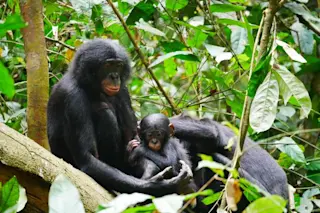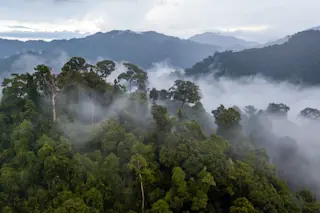East of the now-submerged land bridge Beriniga, a large valley moraine in northern Canada's Nahanni National Park dates to 13,800 years ago, roughly the end of the last ice age. (Credit Brian Menounos, UNBC) One if by land, two if by sea...if only the debate about how the first humans arrived in the Americas was as easy to sort out as Paul Revere's fabled lantern signal. Maybe it is. A new study from a different field offers indirect support to researchers advocating a coastal route for human migration to the New World. For decades, reconstructions of the earliest human migrations to the Americas had hunter-gatherers crossing from Siberia to what's now Alaska via the land bridge known as Beringia. The event must have occurred when glaciers retreated, toward the end of the last ice age, and opened an overland route. Or so that was the thinking. (Beringia itself was swallowed ...
First Americans: Overland Beringia Route Takes Another Hit
Explore the theories behind the first human migrations to the Americas, challenging the Beringia land bridge concept.
More on Discover
Stay Curious
SubscribeTo The Magazine
Save up to 40% off the cover price when you subscribe to Discover magazine.
Subscribe













